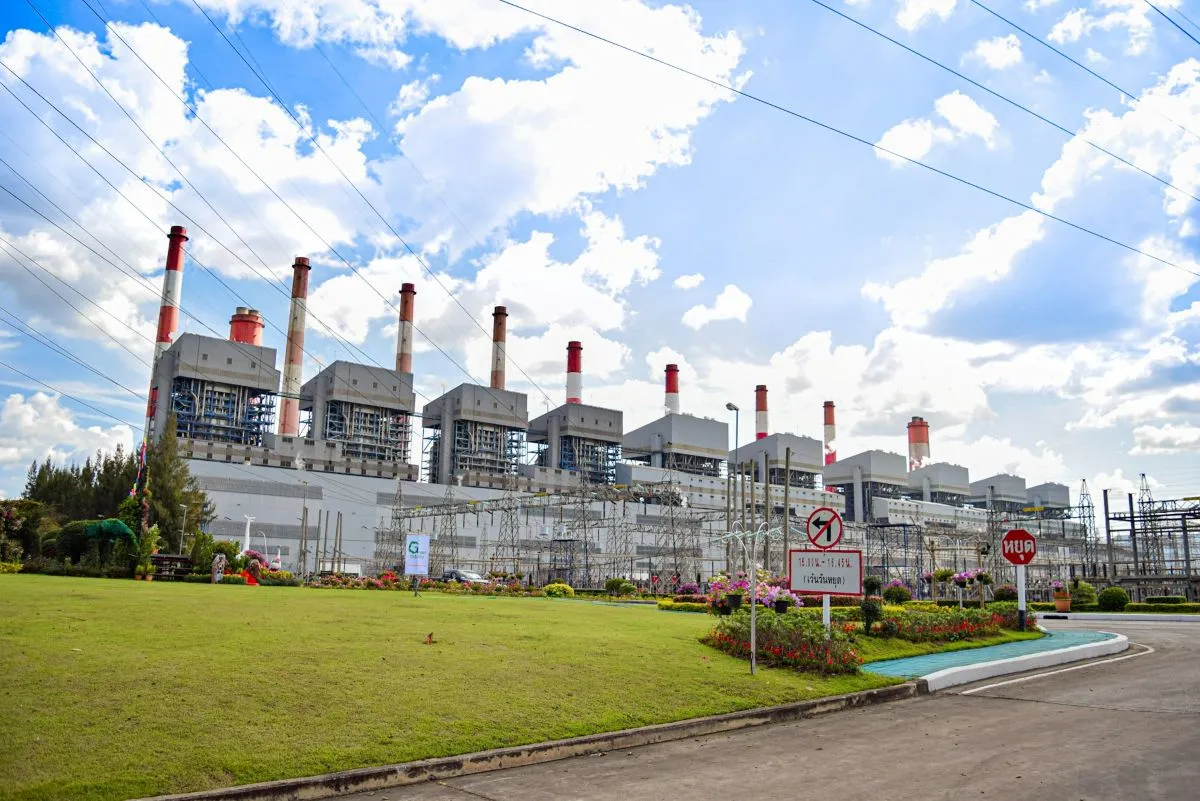Table of Contents
ToggleA probationary period is a designated timeframe at the beginning of an employee’s tenure during which both the employer and the employee assess the suitability of the employment relationship. This trial phase typically lasts between one to six months, allowing employers to evaluate new hires’ performance, adaptability, and cultural fit within the organisation. Understanding how probationary periods work can help employers make informed decisions about their hiring processes and employee management.
What is a Probationary Period?
A probationary period serves as an introductory phase for new employees, allowing them to demonstrate their capabilities in real work situations. During this time, employers can monitor various aspects of the employee’s performance, including:
- Work Ethic: Assessing how dedicated and committed the employee is to their role.
- Adaptability: Evaluating how well the employee adjusts to the company’s workflow and culture.
- Cultural Fit: Determining whether the employee aligns with the organisation’s values and team dynamics.
Employers often include specific clauses in employment contracts detailing the probationary period’s duration, expectations, and termination conditions. This ensures clarity for both parties regarding what is expected during this trial phase.
Duration of Probationary Periods
The length of probationary periods can vary significantly based on factors such as industry standards, company policies, and local labour laws. Common durations include:
- Three Months: The most typical length for many organisations.
- One to Six Months: Depending on the complexity of the role or specific company needs.
Some countries have legal stipulations regarding probation periods, while others leave it to employer discretion.
Benefits of a Probationary Period
- Risk Mitigation: Employers can terminate employment with little notice if a new hire does not meet expectations. This flexibility helps mitigate risks associated with poor hiring decisions.
- Performance Evaluation: The probationary period allows for structured performance reviews, enabling employers to provide feedback and set clear goals for improvement.
- Cultural Assessment: Both employers and employees can assess whether they are a good fit for each other, reducing turnover rates in the long run.
- Employee Development: New hires benefit from receiving support and mentoring during this period, allowing them to develop their skills while integrating into the company culture.

How It Works
Setting Expectations
At the start of employment, employers should clearly communicate what is expected during the probationary period. This includes outlining specific performance metrics, behaviour standards, and any training that will be provided.
Regular Check-Ins
Frequent performance reviews are crucial during this time. Employers should schedule regular check-ins to discuss progress, address any concerns, and provide constructive feedback. Using frameworks like Situation-Behavior-Impact (SBI) can help structure these conversations effectively.
End-of-Probation Review
As the probationary period concludes, a formal review meeting should be held to evaluate overall performance against established criteria. If expectations are met, the employee typically transitions into permanent status. If not, employers have the option to extend the probation or terminate employment based on documented performance issues.
Legal Considerations
While there are no universal laws governing probationary periods, it is essential for employers to ensure compliance with local labour regulations and anti-discrimination laws throughout this process. Employees on probation retain statutory rights such as minimum wage and protection against unfair dismissal for discriminatory reasons.
Read more: Understanding the Employee Life Cycle: A Guide for Business Owners
Conclusion
A well-structured probationary period can be a valuable tool for both employers and employees. It provides a framework for assessing fit and performance while allowing for adjustments before committing to long-term employment. By clearly defining expectations, conducting regular evaluations, and maintaining open lines of communication, organisations can maximise the benefits of this trial phase.
Employers considering implementing or refining their probationary periods should ensure that all terms are clearly outlined in employment contracts to protect both parties and foster a successful working relationship from day one.
Partnering with an EOR service like Eos is a smart, strategic move. Contact us today and check our services here.







